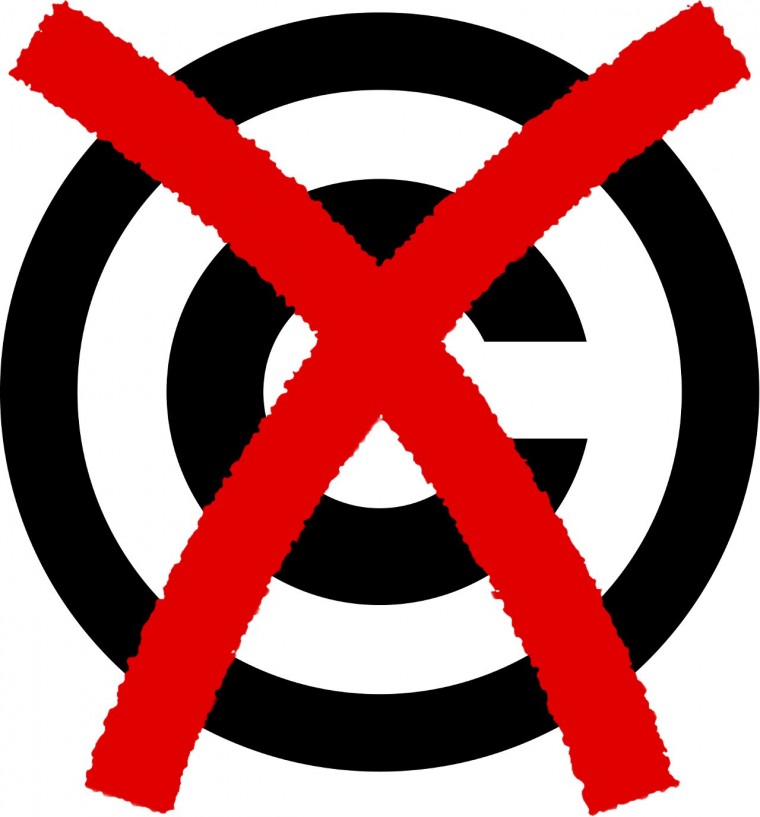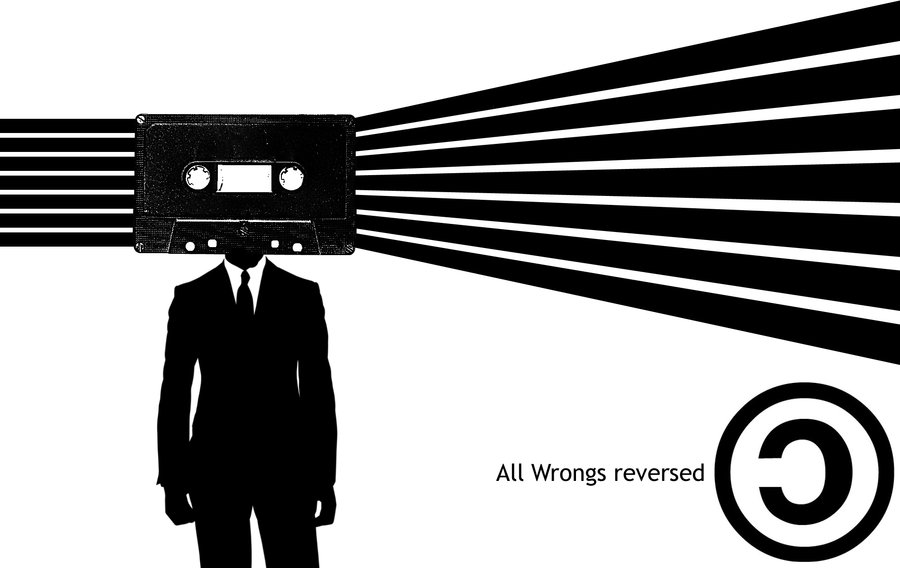‘Copyleft is a strategy of utilising copyright law to pursue the policy goal of fostering and encouraging the equal and inalienable right to copy, share, modify and improve creative works of authorship’ (Copyleft.org, 2016).
Copyleft – (Faulkner, 2014)
The copyleft movement dates back to 1975 when Dennis Allison laid out the specifications for a version of the BASIC programming language in the newsletter of the People’s Computer Company. After these changes were ported to the Intel 8080 microprocessor, the specification was named “Copyleft: All Wrongs Reserved” and wasn’t renamed later.
The next step was a creation of a new copyright license GNU GPL by Richard Stallman in response to “software hoarding” by big companies. GNU became one of the most popular licenses (Geere, 2011).
Copyleft license implies that users create modifications under the same license as the original software. It is prohibited to release a GPL-licensed piece of software under a proprietary license. It ensures that copyleft works are left available to everyone that is an aim of copyleft supporters. However, advocates of permissive licenses consider that “copyleft” is too restrictive similar to copyright but in a milder way (Byfield, 2015).

